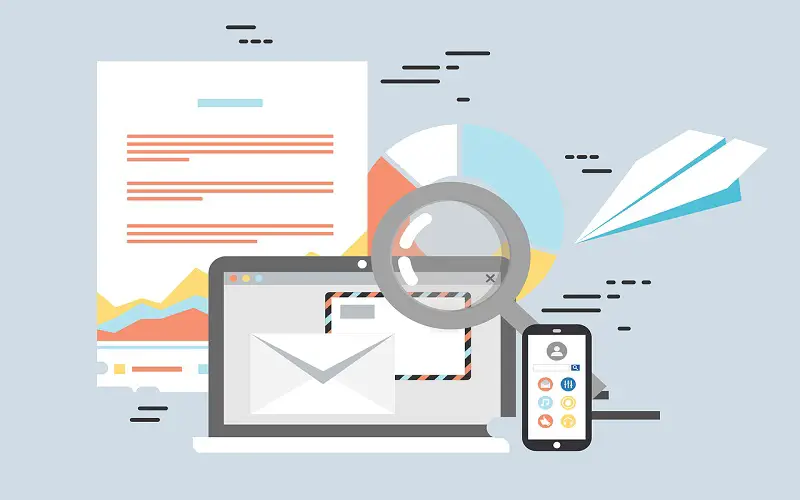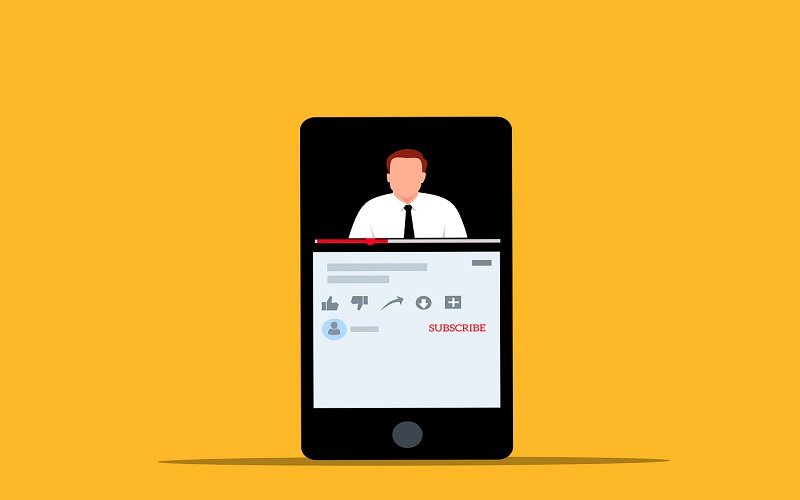Growing a business sure isn’t something easy to do, but might be more simple than you think. Without having the proper marketing strategies in place, only focusing on generating profit might just not be enough.
Therefore, what are the best marketing strategies you can use?
There’s never a direct answer to what is right or wrong, but the truth is that the market will never stop changing.
Let’s dive deeper into this article to learn more about how we can fuel our business marketing growth this year.
7 Small business marketing strategies you need for growing your business this year
1. Be customer-centric
Modern-day technology has given us more opportunities than ever before and now, we can give more power to the customer to provide them with a better experience.
The digital world has made it easier for everyone to shop whenever and whenever they want to. You don’t want to have your customers having high expectations about your brand, while the delivery is low. This will decrease brand loyalty when expectations aren’t met.
When we say be customer-centric, we mean try to fulfill the needs and wants of your customers, but of course, never change what your business culture stands for. You need to balance everything out.
2. Hire a SaaS marketing agency
SaaS marketing agencies have marketing experts that can help you scale your business. They are a group full of content marketers and link-building experts that have experienced knowledge of the SaaS marketing world.
The primary responsibilities of a SaaS marketing agency include:
- Increasing your product signups
- Increasing your product activations
- MRR
- Helping you not spend money on Pay-per-click (PPC) campaigns
As a Saas growth agency, it’s essential to continually learn more about the potential for developing SaaS marketing strategies that will increase PQL and MQL growth and have a positive impact on actual business metrics. Especially because the market is changing constantly, so it’s important to stay on top of your game at all times. However, here are the most common strategies used for growth promotion in your business:
- Keyword research: Running a competitor marketing analysis for finding the right keywords to use for building your SEO content models.
- SEO on-page content optimization: SaaS marketing agencies will handle the SEO optimization process for you. Their strategies include creating your meta description, meta titles, internal and external links, and creating qualified leads.
- Technical SEO Auditing: Runs technical audits on your website for ensuring that it’s ranking on Google and other search engines. In this case, you’ll work together with a technical SEO team that will inform you about any changes.
- Conversion rate optimization (CRO): Considers SEO as a market channel rather than delivering short-term results. This includes converting visitors to leads by benchmarking data from some of the top SaaS companies worldwide.
- Link-building experts: SaaS marketing agencies are great at providing you with some of the greatest link builders out there. Not only will they help you, but you’ll be receiving constant feedback from their side.
When you combine all of these strategies together, it’ll be a highly helpful hand for your business and in the long term, since the market is always changing.
3. Consider lead nurturing emails

Good lead-nurturing emails will encourage consumers to continuously interact with your business and make purchases. Statistics show that at least five or more purchases need to be made for consumers to be loyal to your brand.
In case you need a help in turning your leads into customers, the following guide to effective lead nurturing emails is offering some very useful email examples:
- Welcome emails: An excellent way for letting you set the tone for your potential relationship with your customers. Welcome emails are great because they address pain points, personalize the content within the email and when you include your contact details at the bottom of the email, it’s easier for newcomers to reach you.
- First-order discounts: Excellent way for attracting newcomers since you can motivate them to make a first purchase and if they like your product, this will be an excellent first impression for them.
- Limited-time offers: Great for creating urgency in people to purchase from you before it’s too late. In case you have abandoned carts, this might be an excellent way for bringing in new purchases.
- Something free with a purchase: If you tell your customers that you’ll offer them something for free if they make a purchase, what is more persuasive than this? It gives buyers a great first impression and attempts to connect you and the buyer on a deeper level.
- Social proof: Helps build trust and when customers trust you, they’ll most likely purchase more from you. Posting good reviews about your product and service is a great way for others to feel more secure before they purchase from you.
Even though there are many email examples we can show you, these are the most important ones since they offer buyers a good first impression and are highly persuasive. After all, roughly 70% of marketers use email marketing to persuade people into buying their products, so it’s a good deal for you.
4. Encourage audience segmentation
Each buyer is an individual and not everyone is the same. Consumers today only care about what matters and that is what benefits their own wants and needs. You obviously can’t target each person because their preferences don’t match. However, what you can do is the following:
- Identify who your target audience is, so you have higher chances of converting them to loyal consumers.
- Encourage emotional triggers in your buyers so you can contribute to long-term relationships
- Figure out the right solutions for your consumer’s pain points
- Personalize each content marketing message to fit each target segment you have
If you want to effectively segment your audience, you can consider creating a customer persona that represents the ideal customer such as:
- Fill in the buyer’s hobbies, interests, pain points
- Conduct in-depth research regarding your customer persona
- Gather data through social media analytics
- Conduct surveys, interviews and relevant data
After you’ve finished creating the buyer persona, you can separate them into the following groups:
- Demographics
- Purchase behaviors
- The customer buyer journey stages and progress
- Level of engagement
5. Brand storytelling
It’s excellent to know that your company is the primary reason your consumer’s pain points are addressed. However, solving your consumer’s pain points might not be enough since there’s lots of competition out there that might be problematic for you.
This is where your brand story can help you. Storytelling is what can keep your consumers hooked and persuaded to learn more about your brand. The human brain is naturally created that way, to craft narratives in its mind.
In short, your job is to tell stories that will trigger emotions in your audience and allow them to follow your brand. Studies show that customers are 55% more likely to purchase a product in the future when they love a brand’s story.
6. Create video tutorials

One of the greatest ways to spread the word regarding your business is to create video tutorials. You can teach people useful things and walk them through them. Hold people’s hands and the better you’re at something, the quicker it’ll boost your visibility.
For example, look at YouTube. We know that every time we want to watch a video, we initially head over to YouTube over all the other options available. Therefore, video tutorials might give your audience the same picture when you introduce them to video tutorials.
7. Be active on social media
Everyone loves to have a good laugh, but when it comes to social media, it’s more about creating engaging posts. You can use these strategies for promoting new products/services and engaging with your community and sharing information with your audience.
Never forget to be consistent with social media, so create a content calendar and post regularly when you can. Never forget to link back to your site and always respond to inquiries and use it as a way to generate feedback and fuel business growth.
Why marketing strategies are important for fueling business growth
Marketing strategies are important for fueling your business growth since they allow you to keep an eye out for the latest marketing trends. The digital world is moving quite rapidly, so what worked last year most likely won’t work this year.
If you never stay updated with the latest changes in any industry, you won’t be able to win. Marketing strategies do this and they help you understand your customers on a deeper level. If you can manage to understand your customers, you’ve managed to do a lot.




